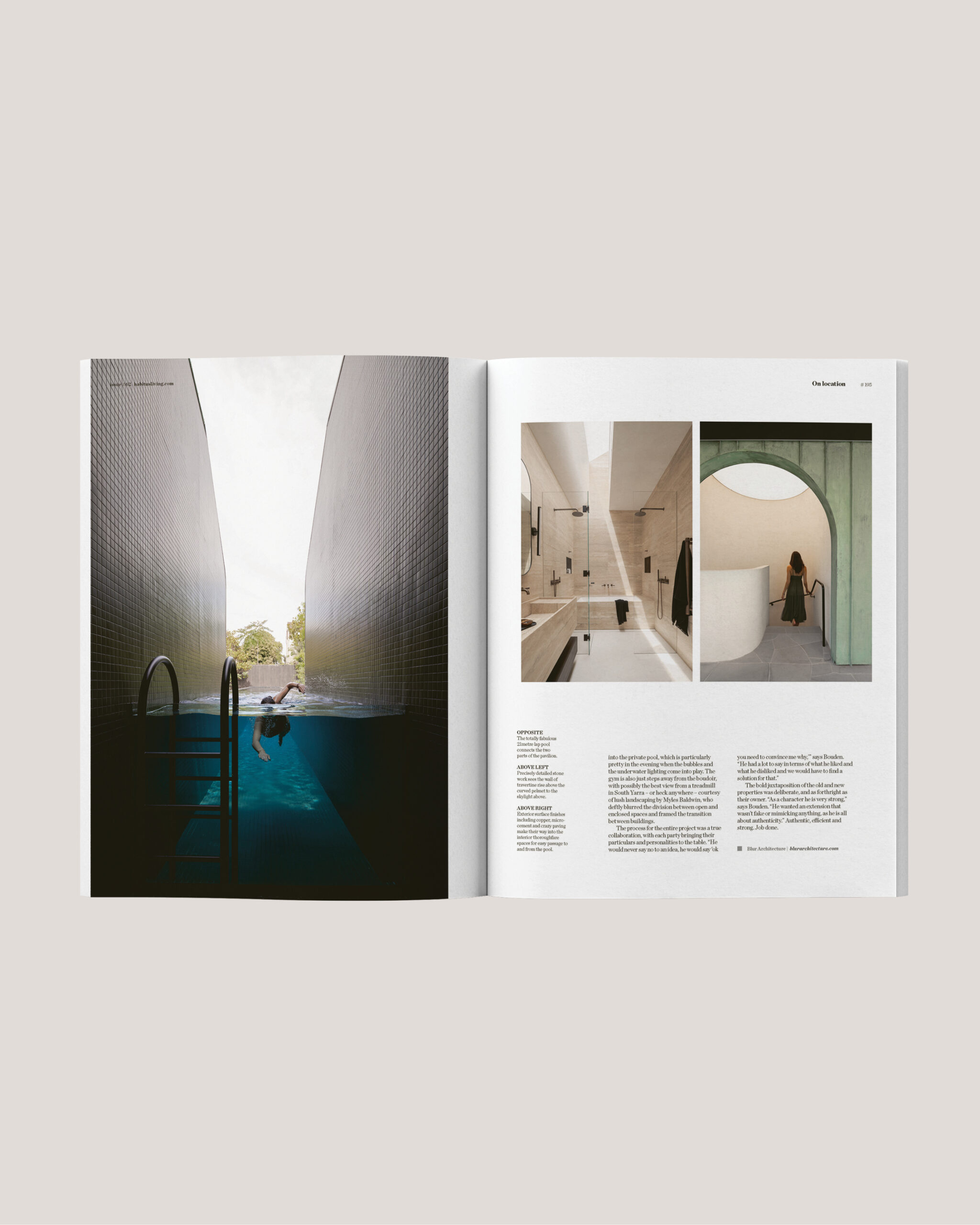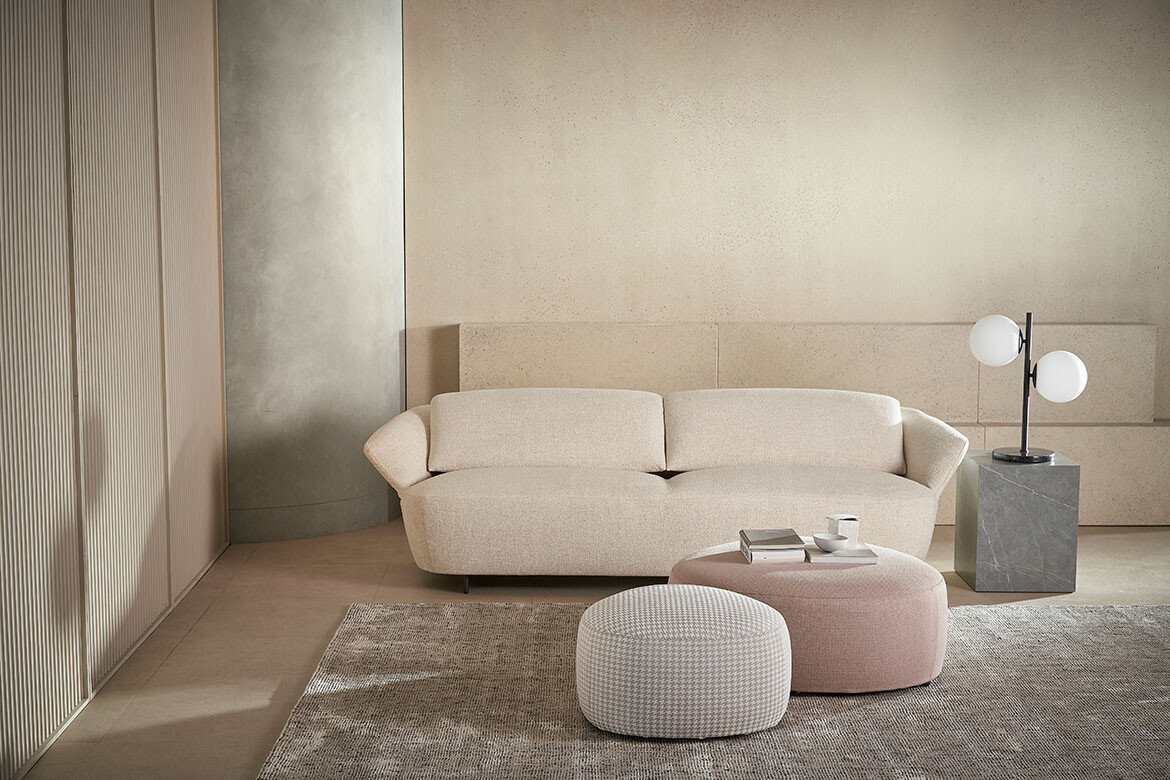As the corporate world became focused on inclusion, wellbeing and liberating people from a fixed desk, the home became a place for focused productivity. Recent events have amplified and escalated this trend, generating a new aesthetic and material palette for both commercial premises and the private domain.
In orienting ourselves in time and place, we take our cues from the colours and forms that surround us. This process of intuitive appreciation of space shapes our behaviour and evokes an emotional response. Creating inclusive environments requires a thoughtful and nuanced appreciation of the underlying needs of those a place will serve.
As The Studio* Collaborative’s Melinda Huuk explains, good design recognises that “everybody works in a different way. Most businesses have a responsibility to be flexible and inclusive of people with specific needs,” she says.
That means considering people with low vision, mobility restrictions and sensory requirements, for example. It is a process of thinking about how people work best, and the ways in which light, spatial planning, textures, colours and furnishings can make every person feel valued.
Spaces should consider diversity too around designing for interaction and activity levels. Introverts need quiet spaces that allow for focus and recharging, extroverts thrive in the vibrant, collaborative areas.
“To feel like you belong and have a purpose in a workplace, that is the social glue,” Huuk says.
In any commercial space, whether office, retail or hospitality, there are complexities around logistics that design aims to provide intuitive navigation and wayfinding to support. There are the spaces for concentration, and then there are the balancing social hubs, cafés and zones where people learn from and inspire one other.
The ability to cater for that spectrum of considerations is the essence of good design.
Huuk says that the corporate world had already been on a trajectory of blurring the lines between the residential aesthetic and the office aesthetic. This process of humanisation and people-centred interiors is now amplified by the recent process of retreat from and return to the formal workplace.
For David Hardwick, at King, the key to achieving a harmonious synergy between work and home, focus and comfortable social connection, is flexibility in furnishings.
He has watched as the work-from-home trend, in tandem with the taste for open plan common spaces in homes, has led to an appreciation for items that have a flexible orientation and a fluid identity. This was already emerging pre-COVID-19, he explains.
What the recent experience of being based at home during lockdowns has done is deepen the appreciation of adaptable domestic spaces.
Flexible design that responds to changing needs and lifestyles in integral to the King DNA While it is complex to achieve, and informs so many decisions around materiality and manufacture, it also aligns with the King ethics of stewardship and lasting value.
“We design our furniture to be flexible because we want each piece to last for 20 years or more. People’s lifestyles change over time, we build our furniture to adapt and respond to those changes rather than become redundant.”
The steel frames and suspension system used in King sofas and chairs, for example, has exceptional longevity and robustness. Partnered with tailored covers that are removable and easily replaced to reflect changing tastes and trends, these are items that can accompany a household through their lifetimes.
Another aspect of the flexibility ethos is a 360-degree approach to design. Hardwick explains that there is intentionally no angle or side of a King piece that is not attractive. This is deliberate, as it liberates location in any space including open plan.
The King Collection includes furniture that facilitates the home-based workplace, while retaining the ability to blend into the private life when the laptop lid is closed. Hidden storage, task lighting and discreet power and data connectivity are among the features that can enhance the home office life without compromising after-hours domesticity.
“It is about setting boundaries and having some delineation between work and home. Our adaptable pieces do not stand out as being an item that belongs in a different space like an office.”
Conversely, Hardwick believes there is also now an invigorated focus on bringing some of the home environment into the commercial workplace. “People are softening the workplace up again,” he says. “They are looking for that level of comfort and familiarity.”
The Studio* Collaborative
thestudiocollaborative.com

